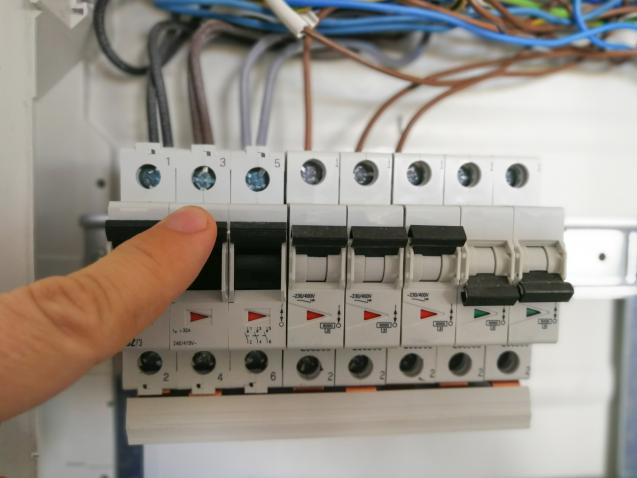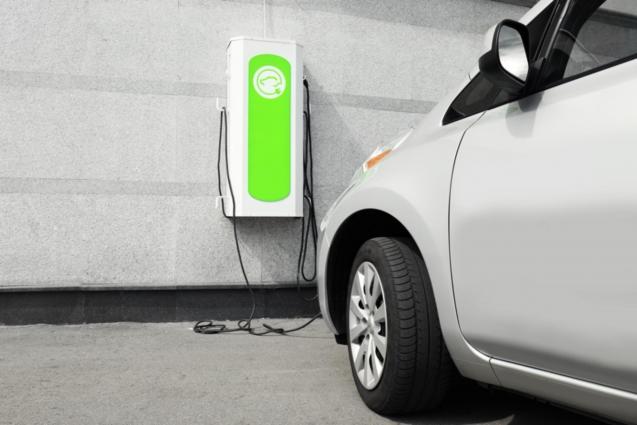
Analysing the Effect of Electric Vehicles on Australian Household Electricity Costs
By Captain Cook Electrical|April 23, 2024
Electric vehicles (EVs) have been making headlines worldwide and especially in Australia. They are a reflection of the profound technological change experienced in the transport sector, largely driven by increasing environmental awareness, escalating fuel prices, and groundbreaking technological advancements. However, as the prominence of EVs intensifies, it has brought new questions to the forefront. One crucial query pertains to the effect of electric vehicles on Australian household electricity costs. This article offers a broad and thorough understanding of how this technological revolution may significantly impact household expenditures.
Understanding Electric Vehicles and Their Consumption
Electric vehicles are a relatively new concept in the world of transport. Emerging over decades, EVs have seen considerable transformations in their functionality and efficiency, attributing to advancements in various technologies such as battery systems and charging infrastructure. Unlike conventional vehicles that run on petroleum fuels, EVs function by converting stored electrical energy into mechanical power which propels the vehicle.
The energy consumption of EVs is diverse, dependent on various factors such as vehicle parameters, the route taken, speed and even weather conditions. Still, a general benchmark suggests that a modern-day electric vehicle can travel approximately 3-4 kilometres per kilowatt-hour (kWh) consumed.
When pitted against fuel-based vehicles, it is evident that electric vehicles are more energy-efficient – yet, the impact this efficiency has on household electricity costs in comparison to expenses incurred on fuel costs is still under debate.
Overview of Household Electricity Costs in Australia
Delving into Australian household electricity costs provides critical insight into understanding this topic. In modern Australia, electricity costs form a significant chunk of domestic expenditures and are influenced by a variety of factors such as wholesale electricity costs, network expenses, and retail margins. Understanding Sydney's electricity bill trends amidst rising costs is crucial to shedding light on this issue.
Automobile-related energy consumption makes up a sizable portion of overall household energy use. The advent of electric vehicles is likely to amplify this share, considering that EV operation is wholly dependent on electricity supply.
The Correlation Between Electric Vehicles and Household Electricity Costs
The influence of EVs on household electricity costs is a nuanced phenomenon. The process of charging an EV is fundamentally equivalent to an added electrical appliance being in constant use. Consequently, the correlation between higher domestic electricity consumption and charging electric vehicles at home is understandably direct.
Calculating the rise in electricity costs due to electric vehicle use encompasses several factors. Key considerations include the energy consumption of the EV, the capacity of the EV’s battery, the cost per kilowatt-hour of electricity and the distance driven by the EV. For households boasting more than one electric vehicle, the additional costs are likely to be more notable.
On the positive side, strategies such as off-peak charging could offer substantial benefits to EV owners. By charging vehicles during off-peak hours when electricity prices are lower, households can significantly reduce the extra burden on their electricity bills.
Advantages and Challenges of Electric Vehicles to the Australian Economy
While the environmental benefits of EVs are well established, their potential influence on the Australian economy is also significant. The advent and growth of electric vehicles can spark opportunities for new markets and industries, thus contributing to economic growth and job creation.
However, there are also substantial challenges to address, such as the infrastructural requirements for EVs, including charging stations and grid stability. Simultaneously, an increase in EV adoption could add demand pressure to electricity networks, further expanding their impact on the electricity market, prices, and supply reliability.
Future Trends: Solar Power and Electric Vehicles
The future of electric vehicles appears even more promising when considered in association with solar power. Solar-powered electric vehicles could redefine the way we perceive personal transportation and its associated costs.
Internationally and in Australia, solar-powered EVs are emerging as a plausible reality, an amalgamation of renewables and technology that challenges traditional power paradigms. By cutting out the need for traditional power sources, the combination of solar power and electric vehicles could meaningfully lower overall household electricity expenses.
Conclusion
In summary, the advent of electric vehicles presents profound implications for household electricity costs. As EV adoption in Australia increases, so too will its influence on individual families and the broader electricity market alike. Current and future societal shifts promote clean and sustainable transport, and understanding these trends will equip Australian households to significantly benefit from the imminent EV revolution.
Understanding Electric Vehicles and Their Consumption
Electric vehicles are a relatively new concept in the world of transport. Emerging over decades, EVs have seen considerable transformations in their functionality and efficiency, attributing to advancements in various technologies such as battery systems and charging infrastructure. Unlike conventional vehicles that run on petroleum fuels, EVs function by converting stored electrical energy into mechanical power which propels the vehicle.
The energy consumption of EVs is diverse, dependent on various factors such as vehicle parameters, the route taken, speed and even weather conditions. Still, a general benchmark suggests that a modern-day electric vehicle can travel approximately 3-4 kilometres per kilowatt-hour (kWh) consumed.
When pitted against fuel-based vehicles, it is evident that electric vehicles are more energy-efficient – yet, the impact this efficiency has on household electricity costs in comparison to expenses incurred on fuel costs is still under debate.
Overview of Household Electricity Costs in Australia
Delving into Australian household electricity costs provides critical insight into understanding this topic. In modern Australia, electricity costs form a significant chunk of domestic expenditures and are influenced by a variety of factors such as wholesale electricity costs, network expenses, and retail margins. Understanding Sydney's electricity bill trends amidst rising costs is crucial to shedding light on this issue.
Automobile-related energy consumption makes up a sizable portion of overall household energy use. The advent of electric vehicles is likely to amplify this share, considering that EV operation is wholly dependent on electricity supply.
The Correlation Between Electric Vehicles and Household Electricity Costs
The influence of EVs on household electricity costs is a nuanced phenomenon. The process of charging an EV is fundamentally equivalent to an added electrical appliance being in constant use. Consequently, the correlation between higher domestic electricity consumption and charging electric vehicles at home is understandably direct.
Calculating the rise in electricity costs due to electric vehicle use encompasses several factors. Key considerations include the energy consumption of the EV, the capacity of the EV’s battery, the cost per kilowatt-hour of electricity and the distance driven by the EV. For households boasting more than one electric vehicle, the additional costs are likely to be more notable.
On the positive side, strategies such as off-peak charging could offer substantial benefits to EV owners. By charging vehicles during off-peak hours when electricity prices are lower, households can significantly reduce the extra burden on their electricity bills.
Advantages and Challenges of Electric Vehicles to the Australian Economy
While the environmental benefits of EVs are well established, their potential influence on the Australian economy is also significant. The advent and growth of electric vehicles can spark opportunities for new markets and industries, thus contributing to economic growth and job creation.
However, there are also substantial challenges to address, such as the infrastructural requirements for EVs, including charging stations and grid stability. Simultaneously, an increase in EV adoption could add demand pressure to electricity networks, further expanding their impact on the electricity market, prices, and supply reliability.
Future Trends: Solar Power and Electric Vehicles
The future of electric vehicles appears even more promising when considered in association with solar power. Solar-powered electric vehicles could redefine the way we perceive personal transportation and its associated costs.
Internationally and in Australia, solar-powered EVs are emerging as a plausible reality, an amalgamation of renewables and technology that challenges traditional power paradigms. By cutting out the need for traditional power sources, the combination of solar power and electric vehicles could meaningfully lower overall household electricity expenses.
Conclusion
In summary, the advent of electric vehicles presents profound implications for household electricity costs. As EV adoption in Australia increases, so too will its influence on individual families and the broader electricity market alike. Current and future societal shifts promote clean and sustainable transport, and understanding these trends will equip Australian households to significantly benefit from the imminent EV revolution.



